Pressure Measurement
Application Note: Basics of Air Velocity, Pressure and Flow
Air velocity can be measured by sensing the pressure produced by the movement of the air. This application note will describe the basic relationships between air velocity and the pressure generated by air flow.
Anyone who has put their hand out the window of a moving car has experienced the force applied by moving air. This force can be sensed as a pressure by connecting a tube from the positive port of a differential pressure transducer like the P55 differential pressure transducer and pointing the open end of the tube directly into the oncoming air stream.
The tube that is placed into the air stream is called a pitot tube after Henri Pitot, the French engineer of the early 18th century who invented it. As the velocity of the air increases the pressure also increases inside the pitot tube with respect to the ambient atmosphere. A differential pressure sensor like a DP15 Range Changeable Pressure Sensor can be plumbed to measure this when the pitot tube is connected on the + port and the – port is open to atmosphere. Note that the pitot must be pointed directly into the flow – if the tube is mounted at some angle to the direction of flow, the transducer will not sense the full pressure developed by the air velocity.
The pressure developed by the air velocity is called the velocity head, and it is affected by the density of the air. The density of the air, in turn, is a function of the local atmospheric pressure and the temperature. The equations that relate all these factors are:
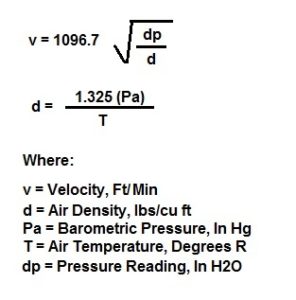
Note that to determine the air velocity the density must first be known. This is the second equation and relates ambient atmospheric pressure and temperature to density. The temperature in degrees Rankine is an absolute reference and is T in degrees F + 460. Assuming average conditions of 70 F and a barometer of 29.92 In Hg, the density of air is 0.075 Lbs/Cu Ft.
If, for example, we measure a differential pressure from the pitot tube of 2.00 In H2O, then the air velocity calculates to 5671 ft/min or 94.5 ft/sec.
Air velocity is a function of air density and differential pressure, but determining air flow requires that the geometry of the piping be taken into account. The pitot tube can be used as before, but the negative port of the pressure transducer is now connected to the pipe or duct so that the internal pressure is taken into account by the measurement of the velocity head.

Note that it is still critical that the pitot tube be installed so that it is pointed directly into the oncoming flow stream.
Ideally, determining the flow in terms of volume should simply a matter of multiplying the cross sectional area of the tube or duct by the air velocity. If the dimensions of the ducting are known, then the cross-sectional area can be easily determined and the volumetric flow calculated.
There is a problem with this, however – the velocity of the air is not uniform at all points along the cross-sectional area of the tube. This is because friction between the moving air and the inside surface of the pipe or duct slows the velocity down. The air velocity in a pipe, for example, is highest near the center but slows towards the inside walls. To make things even more complicated, the shape of the velocity profile is also affected by the type of flow – turbulent or laminar – and the proximity of other fittings and protuberances inside the piping.
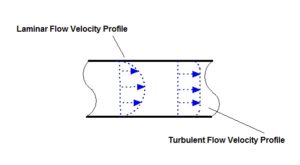
Averaging pitot tubes have been developed that sense the velocity head at several points along the cross-section of the air pipe or duct and deliver a differential pressure that more accurately reflects the average velocity profile.
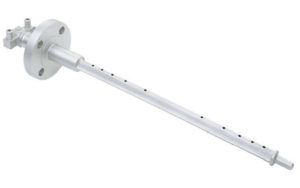
The extent to which the averaging pitot tube differential pressures deviate from the actual velocity profile pressures is expressed by a correction factor supplied by the manufacturer. This factor may depend on duct geometry and the flow regime present – sizing a pitot tube correctly has become an art. But the pitot tube factor must also be included along with the other variables in the final flow equation.
The Validyne P55 Pressure Transducer can be used to measure flow. Click here now to contact us for more information.
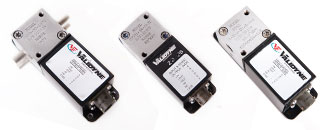


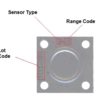
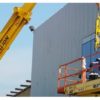
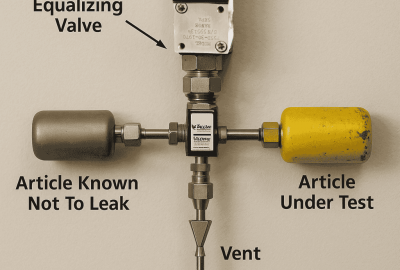
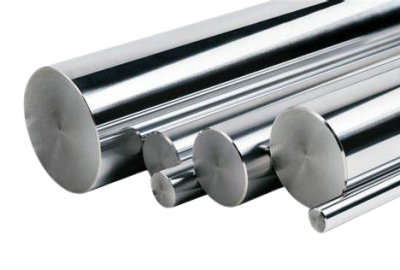

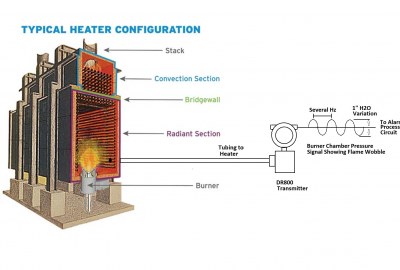
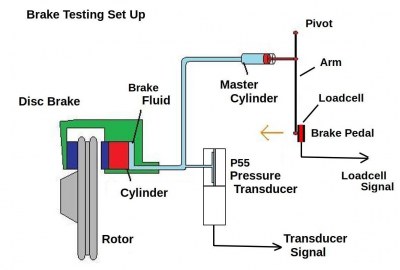
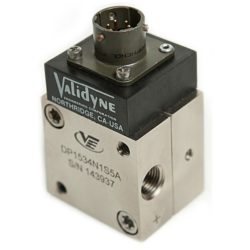
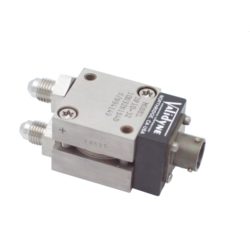
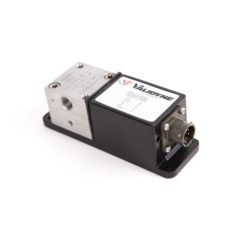

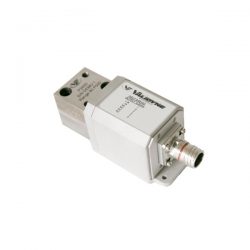
Leave a reply
You must be logged in to post a comment.